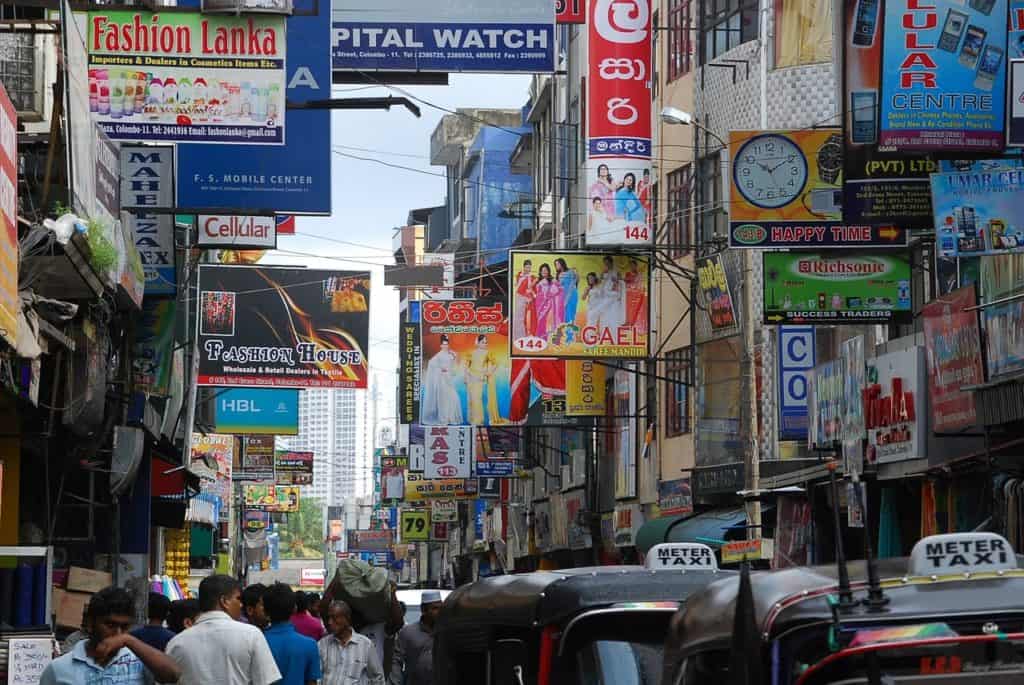Around the globe, retail operates in different ways. One of the biggest differences is probably between developed and emerging markets. A number of different terms are often used to describe the state of retail in emerging markets and how it compares. Some of the terms you might come across when dealing with retail in emerging markets include:
- Traditional trade: Small, simple stores (roadside vendors and food stalls included) that operate in a traditional manner with a customer in a physical store and the display of the item on sale
- Modern trade: Refers to the innovations in business that allow a consumer to purchase a good using online technology from anywhere in the world; also refers to chain retail locations and mega or superstores
- Micro-economy: The behavior of smaller units within the economy, including households, firms and consumers
- Informal Economy/Grey Economy/Shadow Economy: Is generally in reference to areas in the economy that are driven solely by cash transactions and are not taxed or monitored by the government in any form, in essence operating outside of the formal economy
In many countries around the world, people often shop through smaller stores or traditional trade outlets. These outlets make up a significant portion of the retail ecosystem but are relatively untracked. They are often very small in size and only sell a limited variety of products.
While modern trade outlets like supermarkets are growing in Africa, markets, street vendors and spaza shops still make up a significant portion of where consumers shop. Traditional trade outlets go by different names around the world, such as kirana, konbini, sari-sari and more, and take different forms. Although they only carry a handful of brands and offer less selection than a supermarket or megastore. These stores may accommodate those who can not afford or want smaller quantities by carrying smaller packaging, even though individual prices may actually be higher.
For multinational corporations, tracking goods to the final customer is extremely challenging in the traditional trade market—there are often huge numbers of vendors and many located in remote areas. Adding to the difficulty is that the outlets do not generally have a digital point of sale (POS) technology. That means that the products being sold are not being digitally captured and that information cannot be relayed to anyone in an easy manner. When you do not know the landscape of traditional trade locations your team can not make targeted sales and marketing plans.

Learn more about emerging markets and how you can develop successful sales and marketing strategies on our blog.